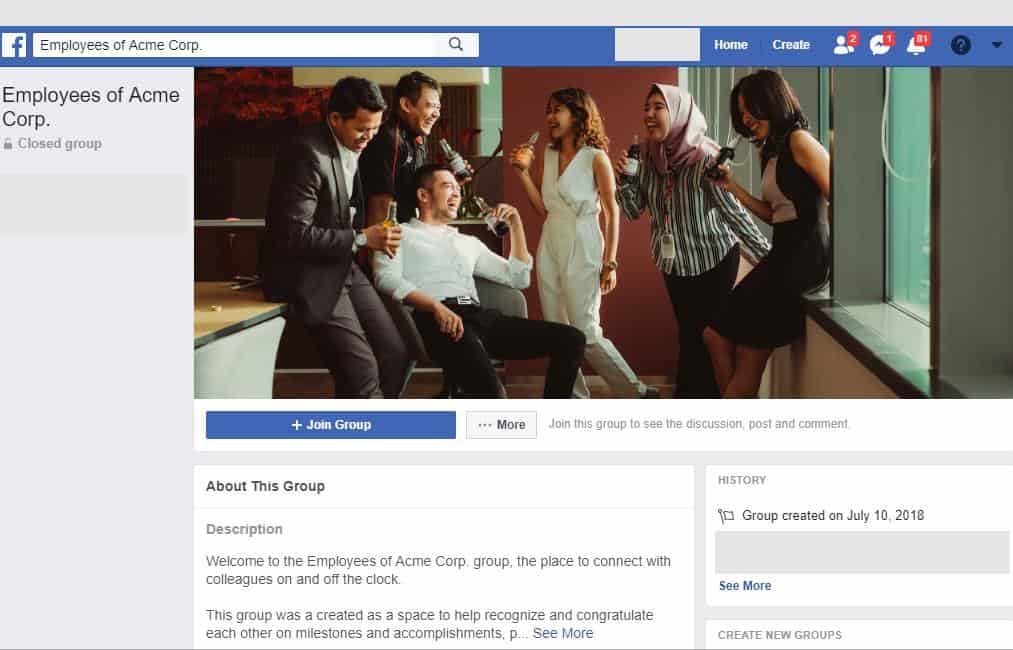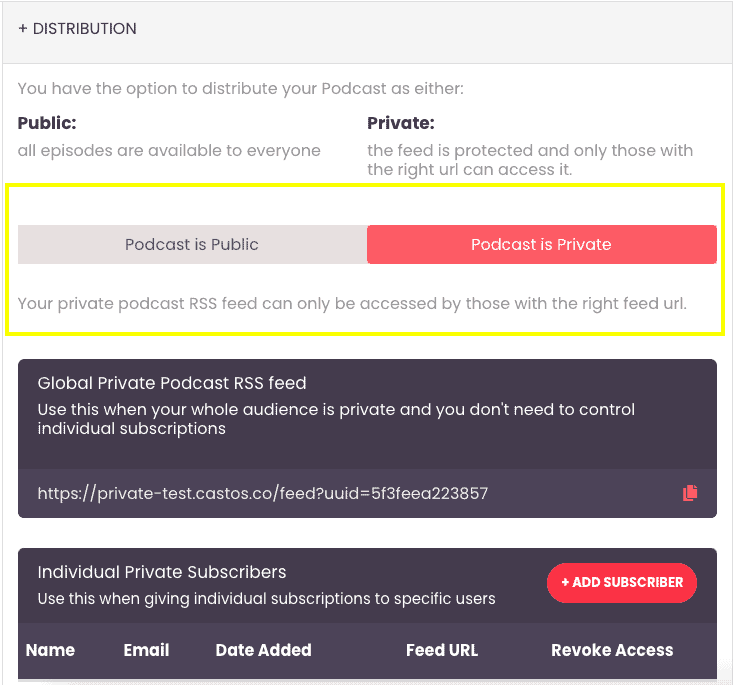Podcasting is becoming one of the most popular media formats. It’s not just for comedians and true crime shows anymore. Companies of all sizes are now using the corporate training podcast to connect with employees and teach them valuable information. In this article, we’d like to explore corporate training podcasts. We’ll discuss why they’re valuable and then show you how to create your own.
Why You Should Create a Corporate Training Podcast
Why are many companies investing in corporate training podcasts? These are the main benefits:
- Podcasts are more personal and engaging than articles.
- Podcast episodes are cheaper to produce than videos.
- Learners can control the speed they consume content.
- Employees can access lessons when they need answers to specific questions.
- Employees can listen to episodes in the car, while they exercise or cook, etc.
- By making training lessons available as a resource, companies don’t need to pay another person to teach the learner one-on-one.
How to Create a Corporate Training Podcast
Starting your own corporate training podcast is quite similar to starting any other type of show. At the end of the day, you’re just recording audio and distributing it to an audience. In order to learn the basics, we strongly recommend reading our complete guide on starting your own podcast. That article will tell you everything you need to know about planning, producing, publishing, and distributing your own show.
Nevertheless, there are a few differences between corporate training podcasts and other types of shows. Let’s go over the best ways to make your corporate training podcast successful.
Action
Read to start your own podcast? Learn the nitty-gritty details of starting your own show in our comprehensive guide. Learn how to start a podcast.
1. Focus on a Single Objective Per Episode
You want your episodes to be referenceable. If your employees forget something or have a question, you want them to be able to revisit your episodes to find that answer without searching through 45 minutes of content. This also gives employees the ability to concentrate on a specific task throughout the episode.
Yes, this means your corporate training episodes will be fairly short. Some organizations publish episodes that are only a few minutes long.
2. Create an Outline of Your Talking Points
It’s a bad idea to record your episodes off the top of your head. You’re bound to make mistakes, back track, and repeat yourself. This can be confusing for an employee who is trying to learn a new skill for their job.
It’s smarter to create a general outline before you hit the record button. It helps, write a complete script. This keeps you on topic so you can deliver the whole message in a succinct manner without leaving out key pieces.
That said, try to keep the tone of your show casual and conversational. Avoid speaking in a robotic drone or using sanitized corporate speak. Don’t use slang or terms your audience wouldn’t understand, but don’t rely on technical jargon either.
3. Create a Companion Forum or Group
Podcasting is a one-way channel, so it helps to create a space where your employees can ask questions about your episodes. If you can’t set something up on your internal site, use something free like a closed Facebook group.
It’s also a good idea to put someone in charge of moderating this group, correcting incorrect statements from other employees, and answering questions when no one else does. If a question goes unanswered, it means an employee lacks proper training, so it’s important that someone is accountable for answers.
4. Don’t Skimp on the Production Value
Some employers make the mistake of trying to save time and money by producing a sub-par show. The audio is poor, there’s no editing to speak of, and the whole episode consists of one person droning on and on. They figure their employees must listen, so there’s no need to invest in production to keep people interested.
Your employees may be compelled to listen, but they won’t retain the information if they don’t enjoy the experience. You can improve the effectiveness of the training therefore, by treating your corporate training podcast just like a real podcast that includes:
- Using the right podcasting gear
- Editing each episode properly with a reliable editing tool
- Conducting interviews where appropriate. It’s especially helpful to invite people from your organization on to the show if they can supply valuable insight.
- Adding effects in sound bites where they make sense (but don’t over do it)
- Recording in a space designed for podcasting
Additionally, we strongly recommend you read our complete guide on producing polished episodes: 21 Podcast Recording Tips For Polished Episodes.
5. Use Anecdotes and Real Stories
Storytelling is a key part of podcasting. Humans simply connect better with personal stories that resonate emotionally. You can evoke feelings and make connections with your employees by weaving stories into your corporate training lessons. This humanizes the training experience and makes your team invested in learning.
For instance, let’s say you’re teaching your listeners how to use the internal HR software. You might warn them of a potential mistake by recounting the time you made that mistake. This teaches the lesson and reassures the employee that you know what you’re talking about.
6. Choose the Right Publishing Schedule
“When should I publish episodes?” is one of the most common podcasting questions. Sadly, there’s no clear answer. It depends entirely on your show and your audience. In regards to corporate training podcasts, however, the decision is actually quite simple.
Are you building a library of content that you expect employees to access on their own? If so, publish them as soon as they’re finished, regardless of any schedule.
For example, a series of explainers on how to use company software or a season of episodes on workplace safety and harassment should be released immediately. Employees will review them on their own schedule or at the instruction of a supervisor (like during onboarding).
Does your podcast teach soft skills that aren’t directly related to their work, but still important to know? If so, release them on a weekly or bi-weekly schedule that suits your workflow. This allows them to look forward to new episodes and set aside time to listen.
7. Create a Promotions Workflow
One of the best parts about producing an internal corporate podcast is that your marketing is straightforward. Promoting a podcast is a big challenge, but corporate podcasts are easier to market for three reasons:
- Your audience size is fixed. The podcast only applies to people at your company, so you don’t need to grow any larger than that.
- Your audience is known. You know exactly who will listen. You could study every potential listener one-by-one if you wanted (though that might be a lot of work).
- You can contact everyone. You can promote the show and notify your audience of new episodes with a single company-wide email.
Even though promoting your show is simple, you’ll still need to create a checklist to run through with each new episode. This checklist should include a number of activities to announce the new episode. Here are some basic ideas:
- Send an email to the entire company.
- Notify key people in the organization based on the episode’s content (i.e., notify the legal team leader if the episode is about legal issues).
- Write a short memo for the operations team to read over the loudspeaker.
- Post flyers in the cafeteria and break rooms.
- Push a notification over company Slack or Teams channels.
8. Keep Your Episodes Organized
Publish your episodes to your podcast host and then link to them from a page on your company website. Keep this page organized so your employees can find what they’re looking for quickly. Episodes should be downloadable and available to listen on your site.
The titles of each episode should be clear and descriptive. Avoid using clickbait, memes, or other ambiguous phrasing. Use basic words that relate to the audience’s problem or goal. For instance, an episode on requesting time off should be titled, “How to Request Paid Time Off (PTO).” An episode about productivity at work might be called “8 Produtivity Tips.”
9. Make Your Episodes Private
While there’s nothing objectionable about your corporate training podcast content, it’s best to set your show as private so only people who work in your organization can access it. You don’t want a load of poor reviews from listeners who don’t understand your show because they aren’t employees at your company.
Private podcasts work the same as public shows. The only difference is that you have to subscribe listeners manually by entering their email addresses. This shouldn’t be a problem for you, however, because you have access to your company’s email list.
Experiment with Your Own Corporate Training Podcast
The best way to determine if a corporate training podcast is right for your organization is to try. Plan a limited series of five to ten short episodes, distribute them throughout your organization, and then ask for feedback. If people like your work, plan a larger library of content.
Corporate training podcasts can be powerful tools to train, educate, and coach your employees at scale with minimal expense. Open a hosting plan with Castos today to get started.




